It Takes a Ruling-Class Village to Staff the White House
Forget all the populist talk we've been hearing from Hillary Clinton and her cohorts, and follow the money to find out where the ruling elite's loyalties truly lie.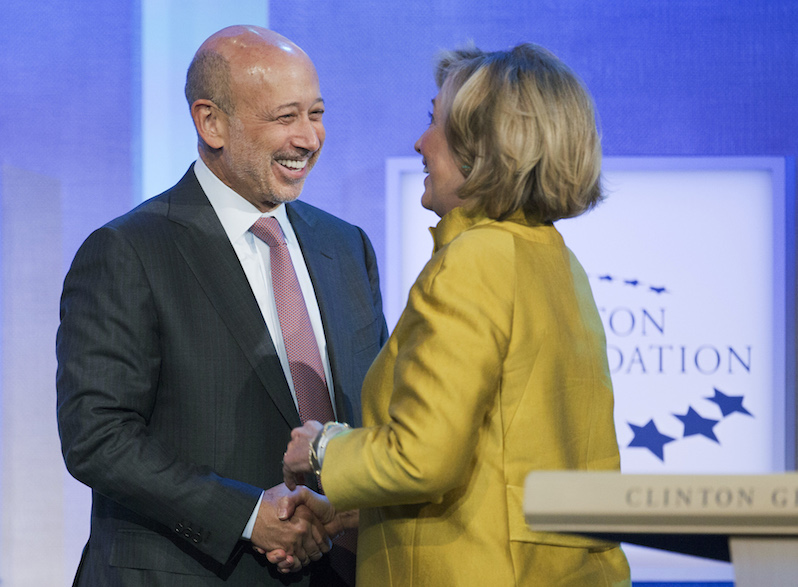 Lloyd Blankfein, chairman and CEO of Goldman Sachs, is greeted by former Secretary of State Hillary Clinton at a panel discussion titled "Equality for Girls and Women: 2034 Instead of 2134?" The event was held by the Clinton Global Initiative in New York in September of 2014. (Mark Lennihan / AP)
1
2
3
Lloyd Blankfein, chairman and CEO of Goldman Sachs, is greeted by former Secretary of State Hillary Clinton at a panel discussion titled "Equality for Girls and Women: 2034 Instead of 2134?" The event was held by the Clinton Global Initiative in New York in September of 2014. (Mark Lennihan / AP)
1
2
3

Lloyd Blankfein, chairman and CEO of Goldman Sachs, is greeted by former Secretary of State Hillary Clinton at a panel discussion titled “Equality for Girls and Women: 2034 Instead of 2134?” The event was held by the Clinton Global Initiative in New York in September of 2014. (Mark Lennihan / AP)
Don’t let anyone tell you that our country is weak. We’re not. Don’t let anyone tell you we don’t have what it takes. We do. And most of all, don’t believe anyone who says: “I alone can fix it.” Those were actually Donald Trump’s words [at the Republican convention] in Cleveland. And they should set off alarm bells for all of us. Really? “I alone can fix it?” Isn’t he forgetting? … He’s forgetting every last one of us. Americans don’t say: “I alone can fix it.” We say: “We’ll fix it together.” Remember: Our Founders fought a revolution and wrote a Constitution so America would never be a nation where one person had all the power. Americans [will “Stand Together” to build] a country where the economy works for everyone, not just those at the top. Where you can get a good job and send your kids to a good school, no matter what ZIP code you live in. A country where all our children can dream, and those dreams are within reach.The Revolving Door That was all very stirring, but who actually comprises the “we” that makes executive branch policy in the name of the common good when either Democrats or Republicans hold the White House? Not the nation’s working- and middle-class majority, that’s for sure. The Dutch political scientists Bastiaan van Apeldoorn and Nana de Graaff recently constructed a richly detailed career profile of the U.S. presidency’s top “grand strategy makers” (GSMs)—holders of key policymaking cabinet and senior advisory positions—over the administrations of the 42nd, 43rd and 44th presidents: Bill Clinton (1993-2001), George W. Bush (2001-2009) and Barack Obama (2009-2017). Their findings are like something out of Karl Marx’s and Frederick Engels’ notion of “the executive of the modern state” as “nothing but a committee for managing the common affairs of the whole bourgeoisie.” By van Apeldoorn and de Graaff’s calculations, 23 (more than 70 percent) of Obama’s top 30 GSMs had “top-level corporate affiliations”—executive, director, senior adviser or partner in a law firm—prior to their appointment to the U.S. executive branch. These 23 were linked through a combination of board memberships, executive positions and advisory roles to 111 corporations. These “affiliations in many cases display a revolving door pattern, indicating that the actors are not just closely tied to but actually themselves members of the corporate elite.” Elite travelers in and out of top positions in the Obama White House include Timothy Geithner, Jack Lew, Peter Orszag, Ken Salazar and Tom Donilon. Geithner went from being Citigroup Chair Robert Rubin’s handpicked head of the New York Federal Reserve Board to serving (Wall Street) as Obama’s first Treasury secretary to his current position as CEO of the leading Wall Street private equity firm, Warburg Pincus. Before replacing Geithner atop Treasury, Lew was chief operating officer at Citigroup’s alternative investment division, focused on risky and complex proprietary trading schemes. Orszag left his position as Obama’s Office of Budget Management director to become vice chair of global banking and chair of financial strategy and solutions at Citigroup and now serves as vice chairman of investment banking and managing director at Lazard. (Salazar and Donilon will be discussed later in this report.) “Perhaps,” Robert Reich writes, “it was not entirely coincidental that the Obama administration never put tough conditions on banks receiving bailout money, never prosecuted a single top Wall Street executive for the excesses that led to the financial meltdown and even refused to support a small tax on financial transactions that would have generated tens of billions of dollars in annual revenues and discouraged program trading.” The ultimate ruling-class, revolving-door role model is Rubin himself, mentor to both Geithner and Orszag. Before his positions at Citigroup and his continuing place co-chairing “Wall Street’s Think Tank”—the Council on Foreign Relations (CFR)—Rubin chaired Goldman Sachs and then became Bill Clinton’s top economic adviser and Treasury secretary, serving as the chief architect of the financial deregulation that helped set the stage for the epic financial crisis of 2007-2009. Citigroup was the leading immediate beneficiary of that deregulation and would be the financial institution that exposed the federal government to the greatest potential loss during the great state-capitalist bailouts that followed the epic financial implosion that Citi and other top banks caused. This oligarchic composition of top White House personnel is hardly unique to the age of Obama. Twenty-one (70 percent) of Bush II’s GSMs (linked to 87 corporations) and 18 (60 percent) of Clinton’s GSMs (linked to 48 corporations) held such elite corporate stations. Your support is crucial…
With an uncertain future and a new administration casting doubt on press freedoms, the danger is clear: The truth is at risk.
Now is the time to give. Your tax-deductible support allows us to dig deeper, delivering fearless investigative reporting and analysis that exposes what’s really happening — without compromise.
Stand with our courageous journalists. Donate today to protect a free press, uphold democracy and unearth untold stories.

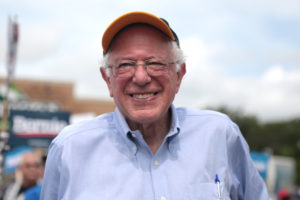
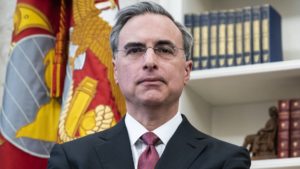
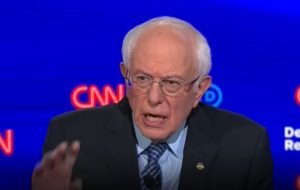
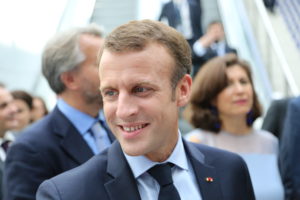
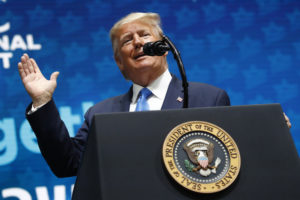

You need to be a supporter to comment.
There are currently no responses to this article.
Be the first to respond.